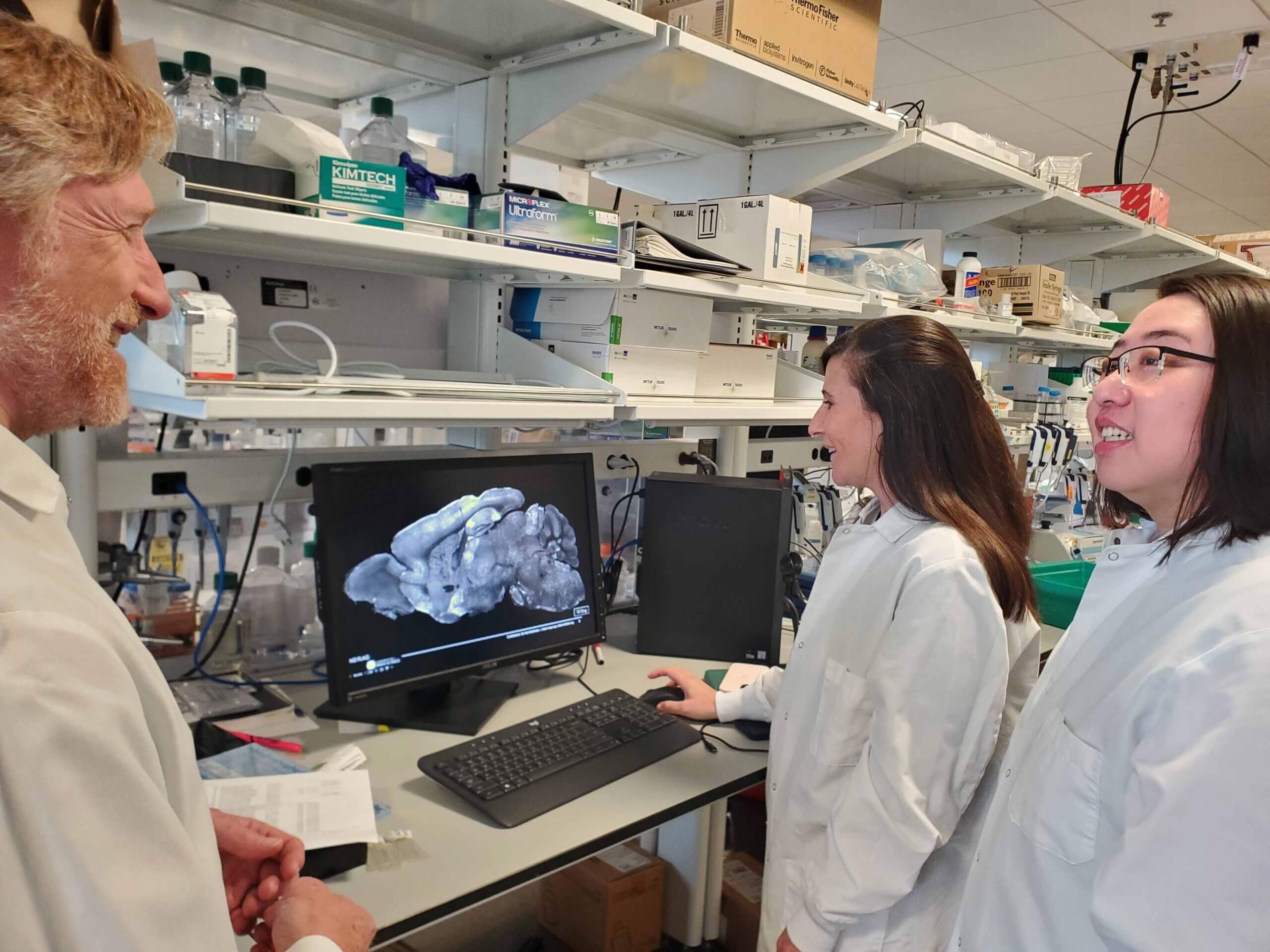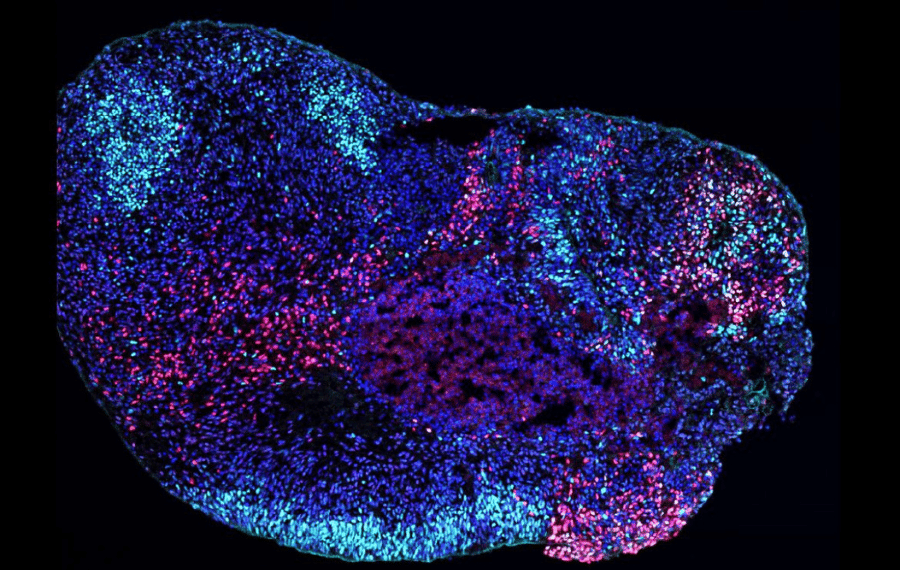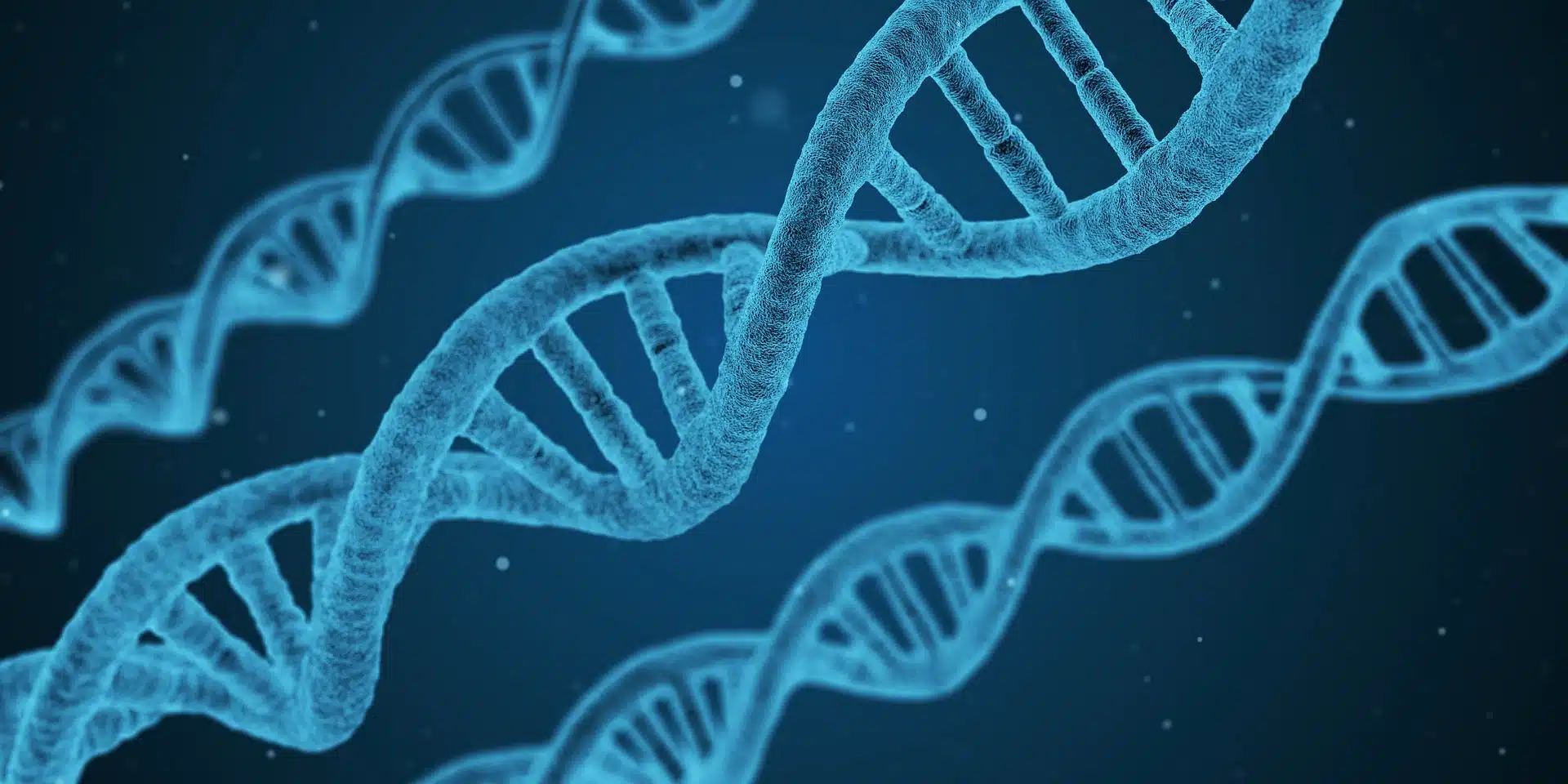Comprehensive Study Maps Genetic Mutations in SLC13A5 Linked to Epilepsy
Scientists have comprehensively studied the function and structure of the citrate transporter encoded by the gene SLC13A5.
Citrate, the negatively charged ion of citric acid, is a key component in the metabolism of every cell. In neurons, citrate plays an especially important role; as a so-called “neuromodulator,” it influences neuronal activity. Neurons express high levels of the citrate transporter to facilitate citrate uptake. When this transporter is not fully functional due to genetic mutations, it can lead to SLC13A5 Citrate Transporter Disorder, a severe form of epilepsy associated with impaired brain development (also referred to as developmental epileptic encephalopathy). However, until now, little was known about which mutations impact the function of the transporter and how they influence disease progression.
To address this knowledge gap, scientists performed a technique called “deep mutational scanning”, analyzing the effect of nearly ten thousand different genetic mutations on the function of the citrate transport protein. This approach revealed several molecular mechanisms linked to the manifestation of the disorder, including differences in transporter production levels in neurons, the precise localization of the transporter within the cell, and the actual rate of citrate transport.
“Our work highlights the importance of systematically investigating the effects of genetic variants. Especially in rare diseases such as SLC13A5 citrate transporter deficiency, this approach helps us uncover molecular disease mechanisms. At the same time, we gain valuable insights into the impact of variants that also occur in the general population – an important step toward a more comprehensive understanding of genetic diversity and its impact on human health.”, adds co-first author Evandro Ferrada, now at the University of Valparaíso in Chile.








